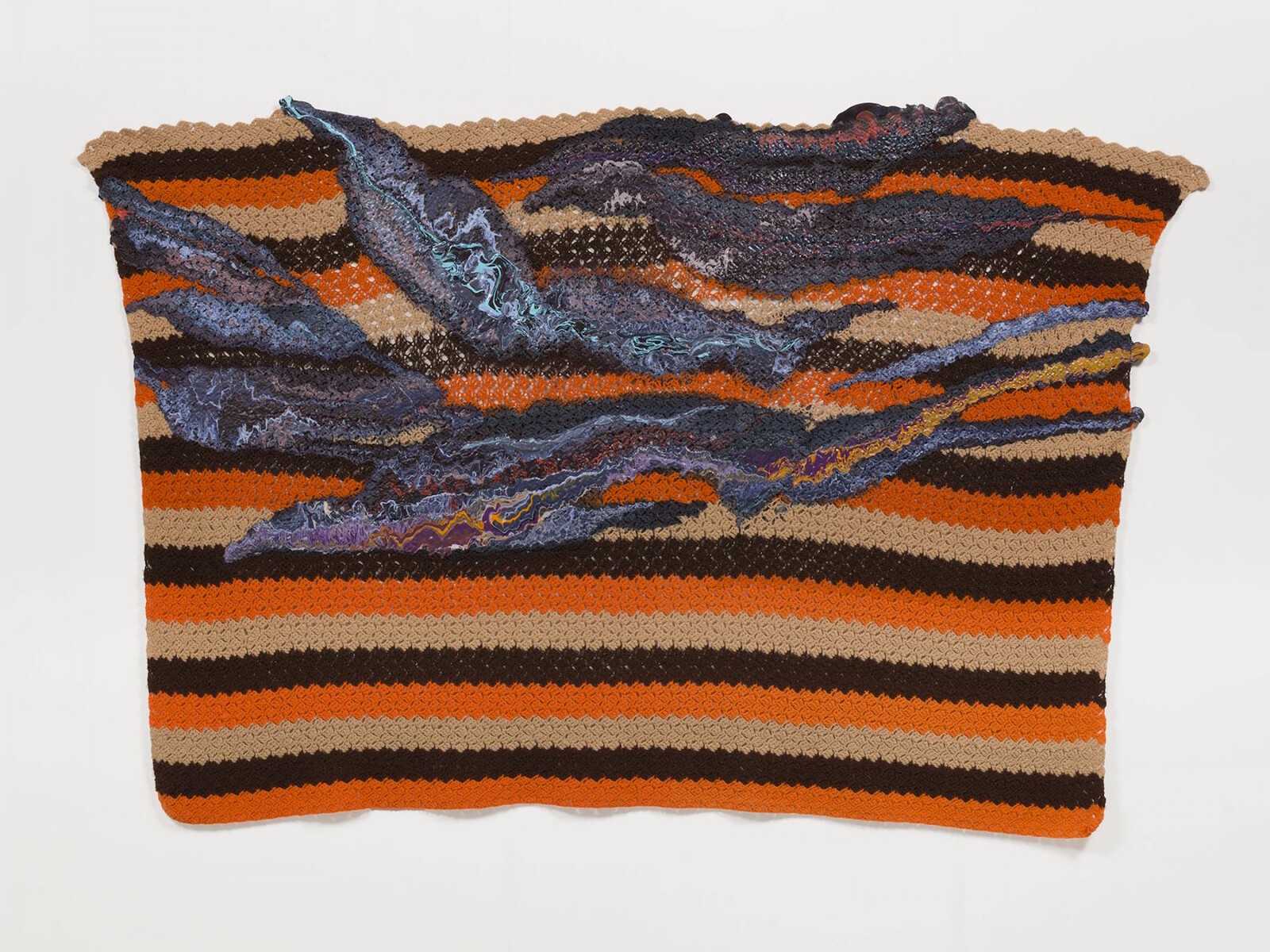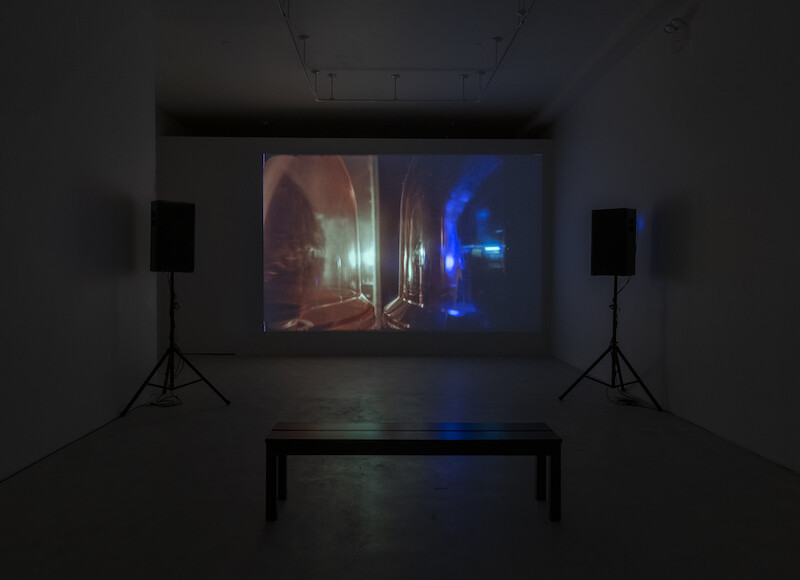Categories
Subjects
Authors
Artists
Venues
Locations
Calendar
Filter
Done
July 27, 2020 – Feature
New York City Roundup
Terence Trouillot

I didn’t think I’d be this excited to go back to a gallery. In some ways, I’ve enjoyed experiencing art within the confines of my Brooklyn apartment over the past months, and I’m still excited by the possibilities arising from the advent of novel digital platforms. But this time away from real-life art viewing has made the experience a novelty, and as galleries started to reopen it felt like a much-needed indulgence—after months of social distancing, and then weeks of defying said social distancing to protest in the streets against the most recent examples of state-sanctioned violence against Black bodies—simply to be back.
At “Jack Whitten. Transitional Space. A Drawing Survey.” at Hauser & Wirth on the Upper East Side—an exhibition which outlines Whitten’s exceptional works on paper chronologically, from the 1960s to the 2010s—I was surprised by the boyish glee I felt just at noticing the pronounced physicality of paper: the deckled edges, the wrinkle in the page, the raised contours of paper cut-outs collaged onto another flat surface. The show demonstrates the careful evolution in Whitten’s work from figuration to abstraction, but also focuses on the artist’s attention to material, and the various techniques that make his later …
December 12, 2018 – Review
Aura Satz’s “Listen, Recalibrate”
Genevieve Yue

On the night of July 16, 2006, Mazen Kerbaj stood on a balcony in Beirut as Israeli Air Force bombs fell in the distance. He picked up his trumpet and played along to the ominous pops, some louder than others. Starry Night (2006), the composition that resulted, asks the unanswerable question: What is the value of an aesthetic response to a political situation? Aura Satz’s film Preemptive Listening (Part 1: The Fork in the Road) (2018) dwells in the same conceptual and acoustic space. This spare work, which beyond a few close-up glimpses of a light bulb depicts only a dark void punctuated by pulses of light, obscures its sources to the point of unrecognizability: actor and activist Khalid Abdalla, whose voice we hear, never identifies the emergency sirens he describes occurring in Egypt during the Arab Spring; an alarm light rotates according to the cadence of his speech; and Kerbaj again plays his trumpet, this time as a low drone imitating the sound of a siren. Satz turns a moment of questioning into reckoning, when one is called to attention by a distant siren, but not yet certain how to act. Played on a loop in the gallery’s back …